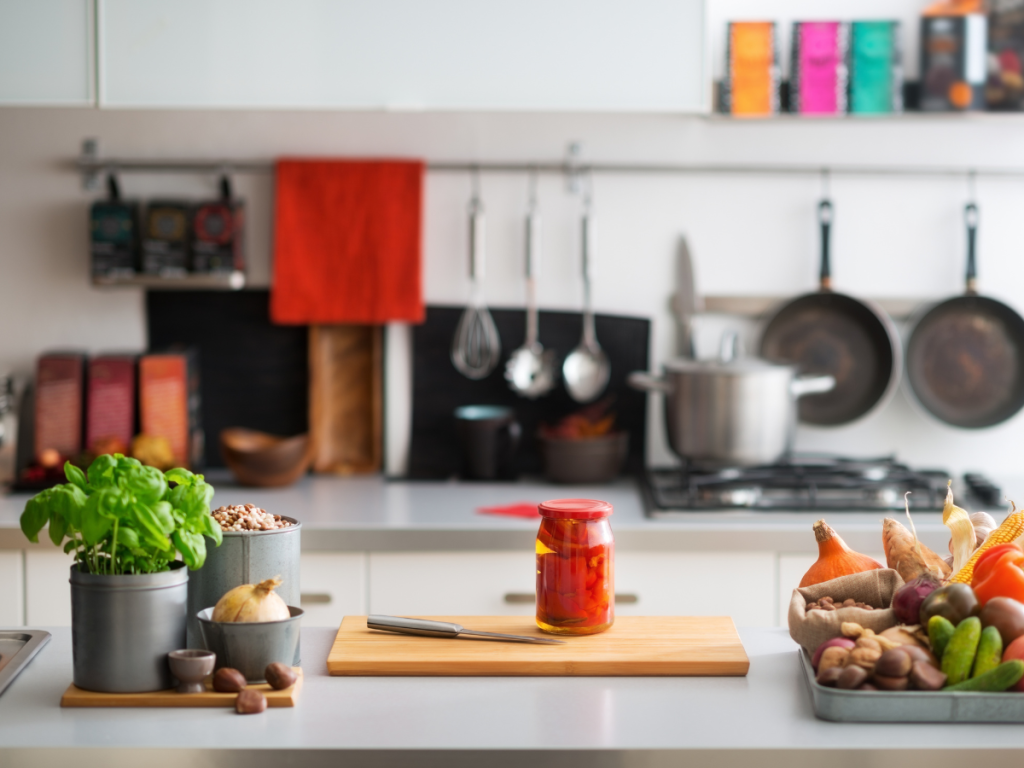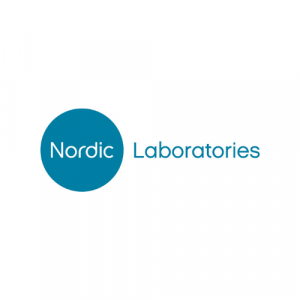

What are the items we need to give up for a healthier kitchen?
Everyone has a certain spot in their home where they feel most at peace. It might be your living room where you spend time with your family, the quiet corner where you read a book, the tranquil green garden, or perhaps the bedroom where you rest.
But if you love to cook, your kitchen might be your favorite spot because it’s where all of your best recipes and cooking techniques are shared, the spot where scrumptious foods are prepared!
Unfortunately, making eco-friendly and healthy decisions might be the hardest in the kitchen. When food safety is at stake; throwaway items, accessible ingredients, harsh chemical cleansers, and single-use plastic packaging may seem like the best option!
Canola Oil to Olive Oil
Table Salt to Himalayan Salt
Plastic Container to Glass Container
Disposable Plastic Bag to Reusable Silicone Bags
Individually Wrapped Tea Bags to Tea Steeper
Harsh Chemicals to Sustainable and Safe Cleaning Products
Ready to make sustainable and healthy swaps in your kitchen? Make it work by starting with these suggestions!
Get free shipping.
Free Shipping
5% Discount


At home.
Blood and Urine
$179 – $439
Depending on insurance coverage.


This is a comprehensive stool test that relies on quantitative polymerase chain
reaction (qPCR) technology to detect parasites, bacteria, H. pylori, fungi, and more by targeting the specific DNA of the organisms tested. Click here for more information.
At home.
Stool
$399
Depending on insurance coverage.


At home.
Urine
$129
Depending on insurance coverage.


At home.
Swab
$299
Depending on insurance coverage.


At home or in lab.
Blood
$999
Depending on insurance coverage.


At home.
Blood, Urine, or Ticks
may have a $200 copay
Covered by most insurance.


At home.
Urine
$300
Depending on insurance coverage.


At home.
Urine
$199
Depending on insurance coverage.


This test evaluates the genetic profile for multiple health indicators. Click here for more information.
At home
Blood Spot


At Home
Urine
$699
Fully covered by Medicare. Repeat test prices $249


$85-$225 depending on insurance coverage.




This company can test for lyme, babesia, bartonella and additional tick-borne illnesses. Click here for more information.
Blood
around $1600 (depends on panel selected)


This test is designed to look at food sensitivities (IgG immune responses). It is available in both a 99 or 184 panel. Click here for more information.
Blood
$129-238


No insurance coverage


Blood




This test evaluates the gut function and indicates microbiome balance, overgrowth, infection, inflammation, parasites and digestive efficacy. Click here for more information.
$179-$439 depending on insurance coverage.


This test evaluates many measures including micronutrients, antioxidants, minerals, detox, overview of gut function, omegas and toxic exposure. Click here for more information.
At home.
Urine
$150 – $329


Blood work for blood count, urinalysis and vitamin levels.
At any Quest Diagnostics Location
Blood
You often have to fast for these tests-please check your providers notes.




$310